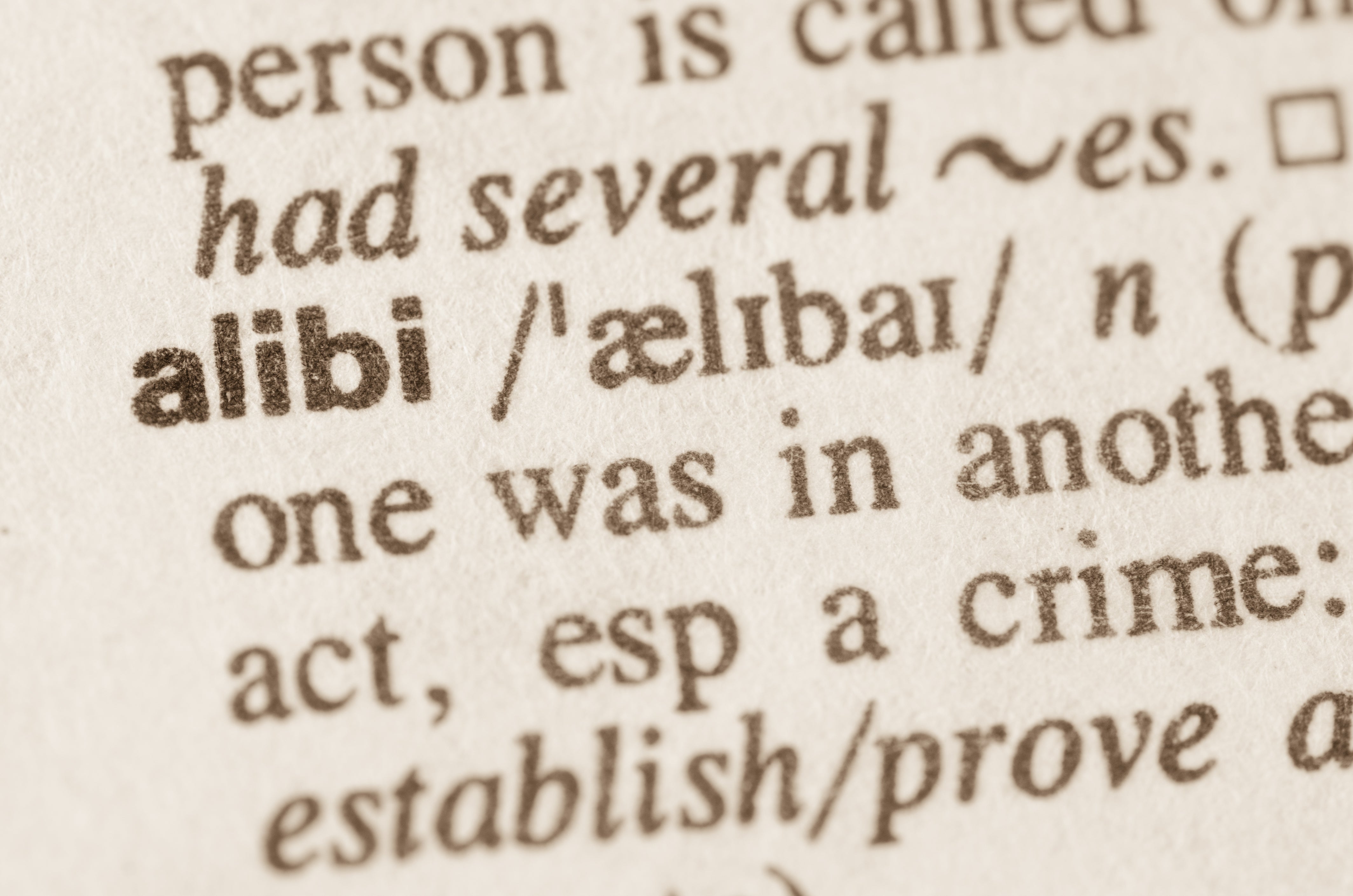Mind the Gap: The Unsettling Effects of Head Hopping in Fiction

By David G Brown
Point of view (POV) is one of the most crucial elements of storytelling. It can make or break a reader's connection to a character and their experience of your narrative. As writers, we must master POV and use it effectively to create a compelling story. If you are writing in “deep” or “close” third-person perspective, you will want to steer clear of head hopping as many readers find it jarring, confusing, and even a hallmark of sloppy writing.
While there are no hard and fast rules to writing a novel, there are craft fundamentals that are worth heeding. These are based on considerations of the reader and the reader’s experience of the characters and story. Ultimately, a powerful narrative is one that is immersive and engaging. Anything that distracts or confuses will pull readers out of the story, of which head hopping is a prime example.
What is Head Hopping?
Head hopping occurs when the writer jumps between multiple character perspectives in a scene. This is different from multi-POV novels, which use chapters or section breaks to mark POV shifts. With head hopping, the narrative jumps from one character's thoughts and lived experience to another's without warning, sometimes even within a paragraph or sentence.
Head hopping can be jarring for readers because it disrupts the experiential connection between reader and character. The sudden shift in perspective can be confusing and disorienting, making it difficult to follow the narrative. Head hopping can also make it challenging to empathize with the characters, as readers are not given enough time to fully immerse themselves in each character's experience.

That being said, many successful and published writers get away with it. Stephen King is one of them. So there is a way to head hop that is at least passable enough to get into print, and yet many readers still cringe when it happens. Others accept it as an inescapable influence of television and film. We have posed several Twitter polls on the subject, and there is no end to the examples of published head hopping, but it seems there are just as many complaints about it. In fact, several people commented about how they could never get into Frank Herbert’s classic Dune because of head hopping in the first chapter. However, others argue that the POV in Dune is omniscient, and therefore this is permitted.
When Head Hopping is Actually Omniscience
The technical difference between head-hopping third and omniscience is that an omniscient narrator is NOT the protagonist, even if they have access to the protagonist’s thoughts and awareness, whereas head hopping jumps from one deep-third perspective to the next.
The reality, however, is messier. Since deep third has been so widely adopted, contemporary writers will sometimes shift from omniscience into deep third, with complete access to a focal character’s thoughts and sensory experience, and sometimes without maintaining the distanced and distinct omniscient voice.

There are therefore no easy rules or definitions that everyone can agree on. The rise in popularity of deep third has fine-tuned readers’ tastes and expectations. In other words, readers are more complex than they used to be. That means omniscience has become harder to pull off, at least in a way that immerses readers of diverse POV preferences. But omniscience still has the clout of all the classics that came before.
So, what’s the solution? On behalf of readers who have come to expect stability and consistency in narrative voice and POV, the answer is that you shouldn’t head hop, and you should probably avoid omniscience. If you decide to dabble in omniscience anyway, you should ensure your narrator is distinct—a defined character in their own right—as opposed to a generalized storyteller who just happens to have convenient access to whatever character’s thoughts and sensory experiences they feel like zooming in on.
Deep third person POV: The Basics
In deep third person POV, the narrative is filtered through the focal character's senses and thoughts, providing an intimate experience for the reader. The narrator takes on the voice of the character, imbuing their syntax, vocabulary, and even metaphors with palpable distinctiveness. This POV mode is the most common in contemporary literature and is often used to create a sense of immediacy and urgency.

That’s worth restating: the narrator takes on the voice of the character. That means the narrator is not the author.
The voice of the narrator is essential to the success of deep third. It must be consistent, believable, and appropriate for the character and setting. Voice also helps to create a sense of authenticity and believability, as if a real person is speaking from the page. Without a strong link between voice and character, the narrative can feel flat and unengaging. Voice is key to creating a deep connection between the reader and the character.
If you are struggling to write in a consistent deep third, here’s a trick. Deep third is essentially first person with the pronouns swapped. Try writing a scene in first person, then switch all references to “I” and “me” with whatever third-person pronoun is appropriate (he, she, they singular, or even a neopronoun).
How to Avoid Head Hopping
To avoid head hopping, it's crucial to establish a clear POV from the outset. Decide on the focal character for each scene and stick to their perspective throughout. Use dialogue, body language, and action to hint at the other characters’ thoughts and feelings, and make sure those details are filtering through the focal character’s moment-to-moment experience of the scene. If you need to switch POV, do so with a clear marker such as a chapter or section break. And definitely avoid jumping between character perspectives within a paragraph or sentence.
It's important to remember that maintaining a consistent point of view is not just about avoiding head-hopping. It's also about creating a strong connection between the reader and the protagonist, allowing readers to fully engage with the story and become invested in the outcome. For this reason, it’s also important to consider which characters need to be given a slice of the POV pie. Ideally, each focal character will have their own narrative goal and associated stakes. In this way, each POV forms its own complete and satisfying tale, and the different perspectives and voices weave together to tell a larger story.
How to achieve this? Create separate documents for each POV character, such that you can read through their POV sections from beginning to end. Does each thread tell a complete and satisfying tale on its own? Watch out for POV characters who aren’t heroes of their own story and are instead windows onto the important actions of others. We generally don’t need to hear from bystanders or other tertiary characters; the reader is here for the main player or players—the protagonist or co-protagonists. It will almost always be more satisfying for readers to remain in the perspective of the character taking the most consequential action in each scene.
In Conclusion: anything can be done well
I’m always eager to see an author take a timeworn fundamental and turn it on its head. With that in mind, I can imagine a story with intentional head-hopping that works, but I’m convinced it would be difficult to achieve in a way that most readers would applaud. And as noted, there is some disagreement about when head-hopping is actually head-hopping and when it is omniscience. In the end, the success or failure of a story’s POV comes down to the writer's ability to immerse and engage their readers. A clear, stable, and consistent narrator will help you get there.

David Griffin Brown is an award-winning short fiction writer and co-author of Immersion and Emotion: The Two Pillars of Storytelling. He holds a BA in anthropology from UVic and an MFA in creative writing from UBC, and his writing has been published in literary magazines such as the Malahat Review and Grain. In 2022, he was the recipient of a New Artist grant from the Canada Council for the Arts. David founded Darling Axe Editing in 2018, and as part of his Book Broker interview series, he has compiled querying advice from over 100 literary agents. He lives in Victoria, Canada, on the traditional territory of the Songhees and Esquimalt Nations.








Hi Mach. Glad you found it helpful. I haven’t read any books that deal with head hopping specifically, but we’ve got another blog post that touches on this topic:
https://darlingaxe.com/blogs/news/history-of-pov
I’m so glad I found this article. It was just what I needed and explained thoroughly! Are there any books you suggest based on the article above?